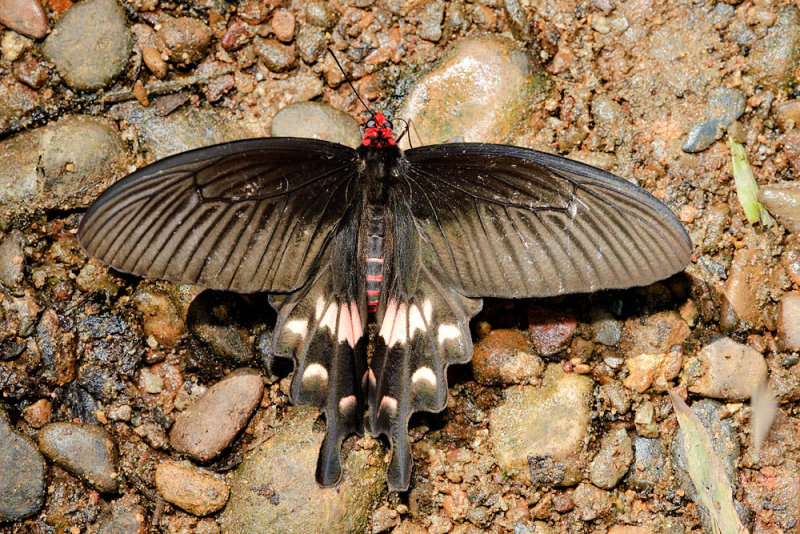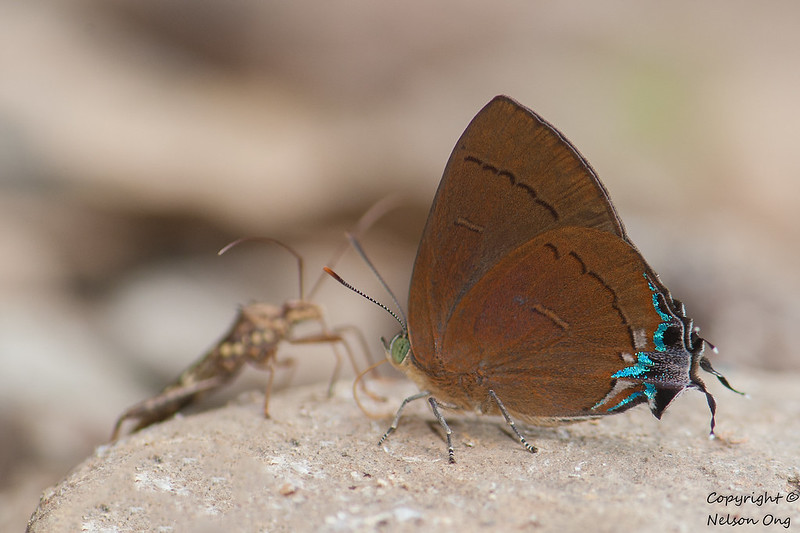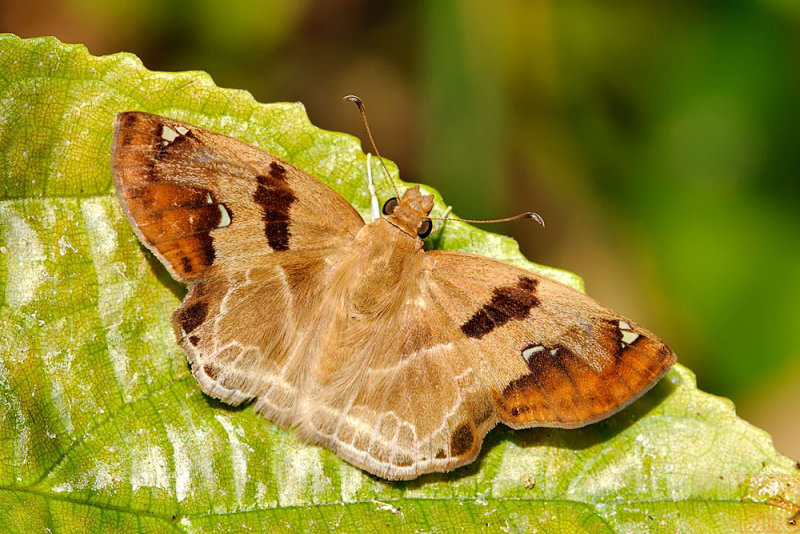Initially thought this was a Common Rose and just took a couple of shots. Haha.. didn't know that it was A.adamsoni that I wanted from 2008 Koh Samui trip in 2008.
Atrophaneura adamsoni

Initially thought this was a Common Rose and just took a couple of shots. Haha.. didn't know that it was A.adamsoni that I wanted from 2008 Koh Samui trip in 2008.
Atrophaneura adamsoni

Thanks Fed, KKNP is worth a visit as the quantity of butterflies that you see is truly amazing.
Yano will be most happy to welcome you in Bangkok.
Let's continue.....
8. Libythea myrrha (Club Beak)
9.Libythea narina rohini (White-spot Beak)
10. Odontoptilum angulatum (Chestnut Angle)
11. Euploea camaralzeman camaralzeman (Blue King Crow)
12. Euploea sylvester (Plain Blue Crow)
13. Graphium megarus megapenthes (Spotted Zebra)
14. Remelana jangala (Chocalate Royal)

Last edited by bluefin; 18-Mar-2013 at 08:43 PM.
Nelson, thank for the Beaks. Please note that the L. myrrra ssp. is L. myrrha sanguinolis, the northern ssp. as opposed to L. myrrha hecura which is found in Malaysia. I just wish I had managed to get a decent shot of L. geoffroy alompra, which I saw a couple of times.
That is a great underside shot of the Chestnut Angle. Very difficult to obtain.
Beautiful shots as always, Nelson.
However, please note that No. 17 is Papilio nephalus chaon (Black and White Helen, also known as Yellow Helen). This subspecies is as the southernmost part of its range in Kaeng Krachan.
Seow, thanks for the Neptis nata confirmation.
LD 8 - Papilio prexaspes pitmani (Lesser Helen or Banded Mormon). This used to be a seperate species but was recently relegated to ssp. status.
LD 9 - My take on the upperside of Papilio paris paris (Paris Peacock). Not as good a photo as Nelson's (naturally), but it does show a bit more of the hindwing.
Post 16.
It looks correct for N. nata . Narrow cellstripe; spot 3 (small) well within submarginal spot ;underside FW lower submarginal spots not flattened.
Post 19.
It is very confusing to ID the Crows from the undersides, But I think
11 is E. modesta ;HW rounded spots; FW discal spot in space 2 (partly hidden) small.
12 is E. sylvester. ;Hw rounded spots;FW rounded; FW discal spots blue ,spot 2 large; lower FW submarginal spots.
TL Seow
Erites angularis angularis
Hypolycaena erylus (Common Tit)
Odontoptilum angulatum (Chestnut Angle)
